Multilingual ecommerce sites have become a norm for businesses catering to different countries or locales. But is a language the only factor influencing buying decisions, or is there something more behind the word ‘localization’?
When localizing, you build a site that, in terms of content, design, and features, is adapted to purchasers’ needs from certain countries and cultures. So it’s definitely more than just translating the site interface and product copies into required languages. Translating the site may be enough when you target online shoppers from one cultural field. However, even in this case, it’s still advisable to localize the messages to ensure you are in line with the audience and local law. However, localization most often requires additional Magento design and development work in order to adjust the site to be more country-specific.
Magento Localization Research & Statistics
Before we dive into Magento localization ins and outs, let’s have a look at some statistics that may justify the efforts for your online store localization.
- More than 72 percent of consumers are ready to spend more time on online stores in their own language (CSA Research).
- On average, every $1 a merchant spends on localizing their stores pays off with $25 in return (Adobe).
- Over 92 percent of purchasers enthusiastically go for shopping in their local currency (Shopify).
- The third part of consumers is highly likely to abandon their shopping carts if the local currency is not available (Jilt).
- It takes 14 languages to reach 90 percent of the ecommerce market, and by 2027 it will take 17 languages to achieve the same percentage (CSA Research).
Magento Site Localization
Considering robust Magento localization capabilities and tons of extensions, language packages, and other solutions out there, optimizing your Magento shop across multiple languages and cultures won’t be a problem. But it could be time-consuming and potentially expensive, that’s why it’s crucial to develop a proper localization strategy from the very beginning. This piece will give you an essential localization checklist and recommendations on adapting a Magento store for markets. Please note that you do not need to do everything we cover in this article at once. If there is not so much room in your budget, start small and add changes to the extent possible.
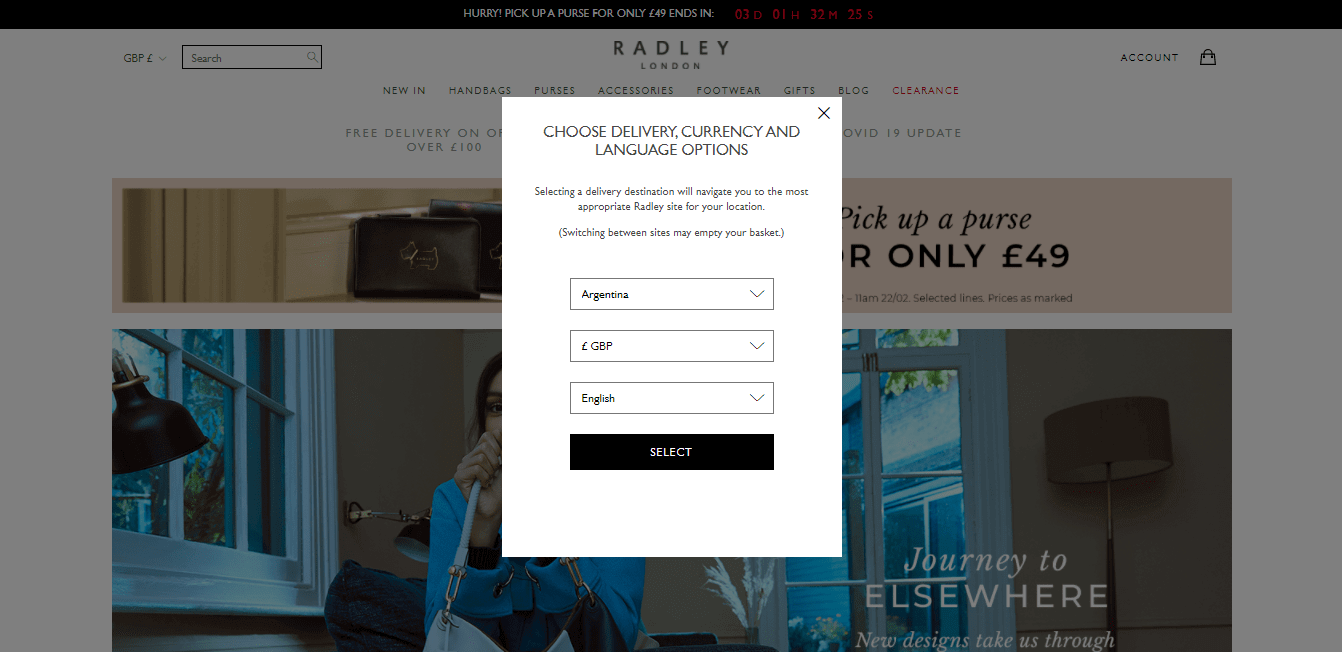
Language & Currency Setup
The bare minimum required to localize the website is to add translations. Luckily the platform is excellent for the job — its multi-store functionality provides launching multiple shops under one installation, and each store can be translated into its own language. We’ll try to explain how the mechanism works.
Let’s say you run a US-based Magento website and plan to expand to German and Norwegian markets. The first thing you should do is create two additional Store Views for each country. The math is simple: one language requires one Store View creation. Within this concept, the Store View level is a place where languages, currencies, and designs are applied.
After the multi-store is created, you’d better add translations. To do so, you or your Magento developers have to install so-called language packs — in our case, German and Norwegian — downloaded from Magento Connect. Keep in mind that localization packages are standardized and do not include translations for website-specific elements and functionality (widgets, blocks, extensions, etc.). Once you have installed the localization file, you’ll need to manually correct not translated pieces of text with the help of in-line language translation. Alternatively, you could use language files prepared by you or your staff that already include all the required translations.
Market-Ready Solutions
Since Magento is extremely popular, there are also several Magento localized editions available on the market. They have certain language packages installed and include a set of extensions and settings for each market. An excellent example of a market-ready solution is the Localized Magento Edition created for German, Austrian, Swiss, French, Italian, Spanish, Polish, Romanian, and Russian markets. And finally — currencies. They are easily configured in the Magento admin panel. Bear in mind that default currency, as well as local domains, are set up on the website level. It’s not a big deal, but it will impact your multi-store structure: instead of creating just Store Views, you will need to build a Website → Store → Store View for each language version of the site. You can read more details about it in our case study.

However, language packages are not supposed to translate dynamic or product content — you should translate and add it separately. Hire a professional translator who understands your product line and the industry to translate the required content. Ideally, it should be a native copywriter who will write original copy that reflects local preferences — the effort is well worth the investment.
Country-Specific Regulatory Requirements
After translating the site, the following step is to adapt the online store to your targeted country rules. Every country or region has its unique set of dos and don’ts you should be properly informed about. For instance, if your audience is in Germany, you have to follow terms and conditions — AGB (allgemeine Geschäftsbedingungen). In case you sell online within the EU zone, you have to adhere to Cookie compliance and receive a sign-off from users to collect and process any information on various devices. As a rule, it doesn’t take a lot of time to adjust the site to country-specific regulatory requirements. In most cases, it’s just a couple of pages to be added to the website, but sometimes it’s more than that. For instance, to comply with the cookie law, you could install one of the extensions available on Magento Marketplace (Responsive Cookie Consent or Seers GDPR & CCPA Cookie Consent) to inform your visitors that the site uses cookies. Just make sure to take measures to comply with the local law to avoid any troubles.
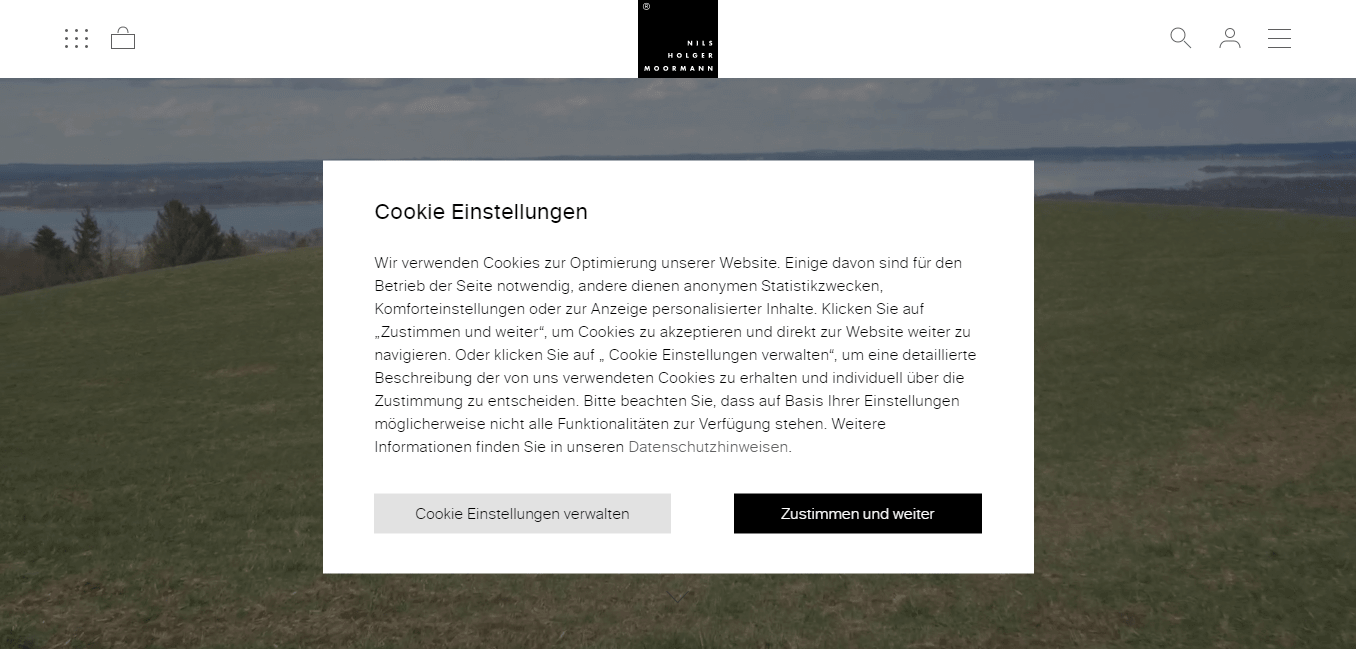
Market-Specific Design
Because of cultural differences and designing preferences, the results of websites may differ from country to country: a site that works well in India might appear too colorful for Scandinavian online shoppers who prefer a more minimalist look. It doesn’t necessarily mean completely redesigning your site — use a global design template but make some tweaks to meet the expectations of the target market audience.
It’s also crucial to research the languages you’ll include since it may significantly impact the website layout. Such languages as German take more space than English, Asian languages indeed are more space-saving not to speak about Arabic and Hebrew that are written right-to-left and change the direction of the layout.
English, left-to-right layout:

Arabic, right-to-left layout:
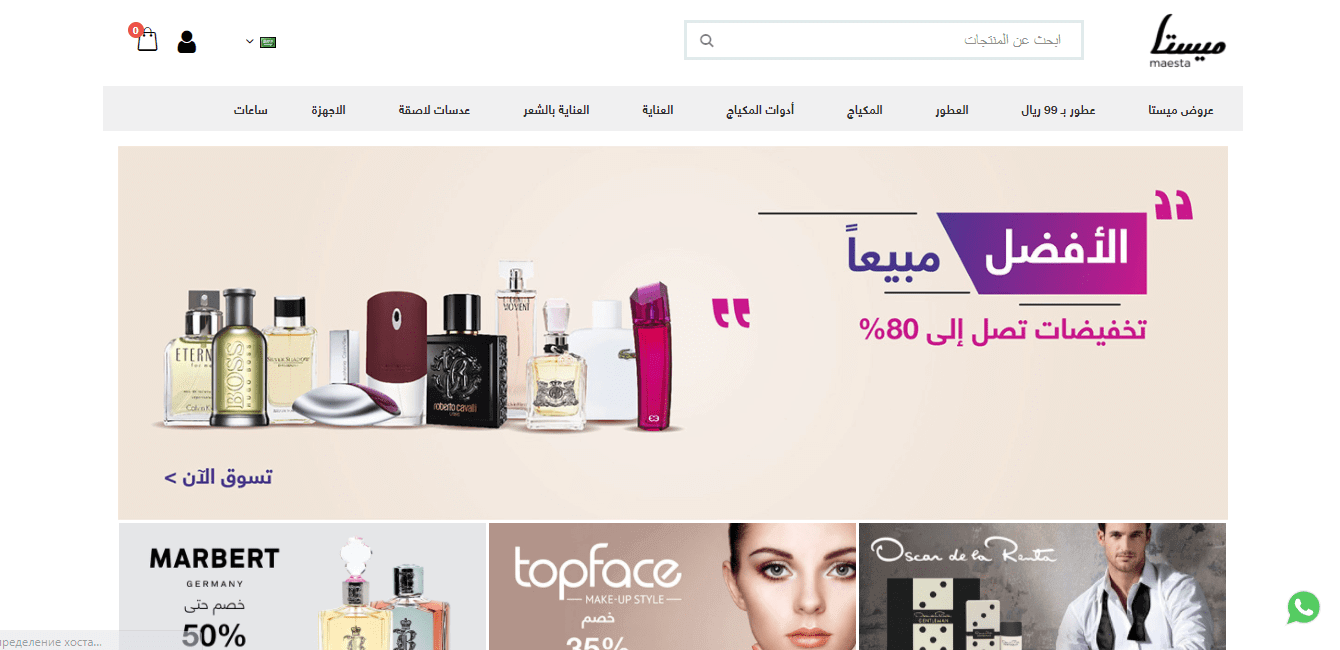
Country-Specific Shipping and Payment Options
If customers can’t find payment or shipping services they are used to, the risk that they will abandon your site is very high. It would be best if you offered payment and shipping solutions that work in your target countries.
For example, Germans prefer to pay through ELV and direct debit, a significant percentage of Scandinavians — by cash on delivery. Speaking of payment gateways: Klarna is very popular in Nordic countries when Germans prefer Payone. The same story with shipping services: So Colissimo is the favorite one in France, DHL is the choice of Germans.
In some cases, it makes sense to have separate checkouts for specific countries or regions as we did it for Gaitline: customers located in Norway, Denmark, Sweden are automatically redirected to Klarna Checkout, whereas the rest of the world sees Firecheckout. Some payment providers even developed region-specific checkout solutions for Magento with the purpose of improving checkout rates. Klarna checkout is a good example of such a solution. It includes integration with Klarna payment gateway and an improved one-step checkout design explicitly created for Nordic countries.
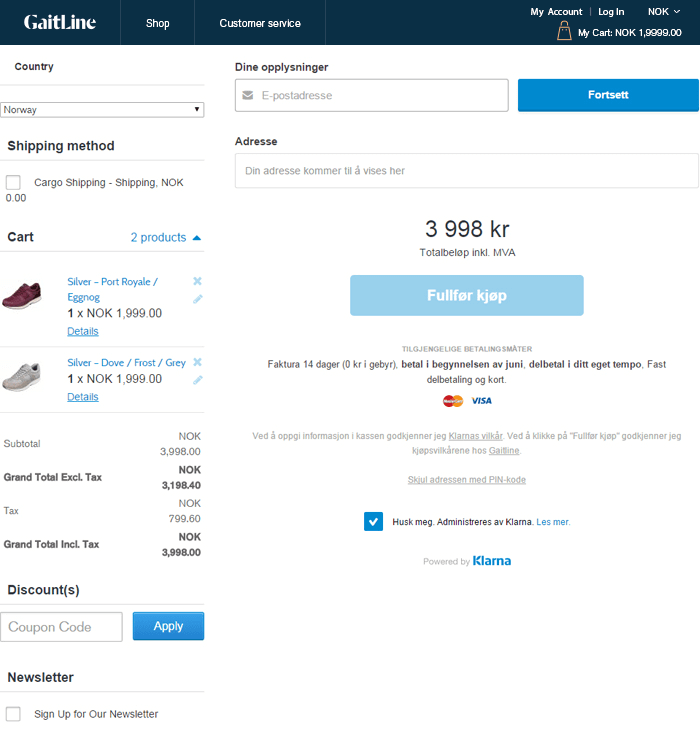
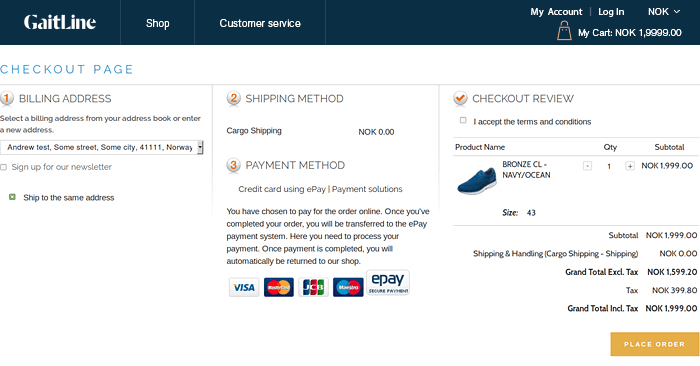
Geo-Targeting
Asking users to ‘choose your country’ or even worse — making them look for the language switcher and then asking to ‘choose your country’, takes visitors one or two too many steps away from shopping and viewing products. Geo-targeting is a good way to reduce the amount of those steps. Essentially, geo-targeting is a way to determine your visitors’ geolocation and automatically show storefronts in the language of their countries as well as optionally display local currencies, prices, offers, etc.
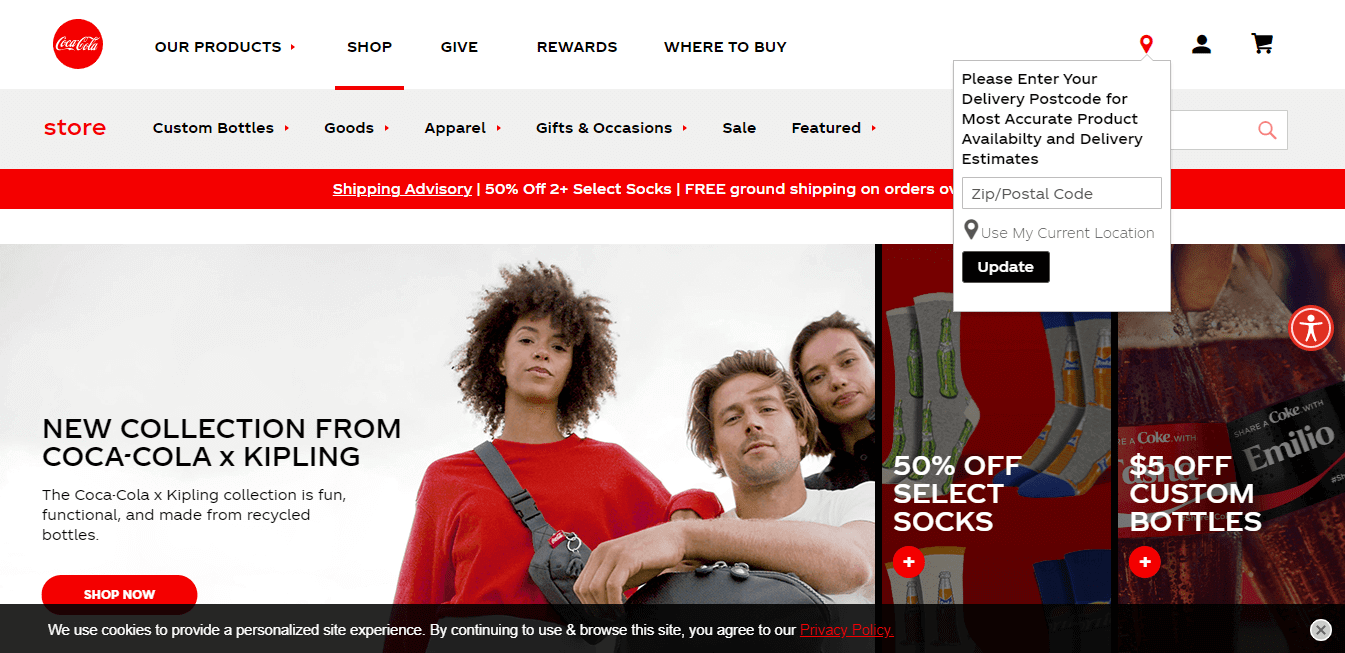
There is a wide range of IP-geolocation extensions for Magento (GeoIP Currency Switcher, GeoIP Default Language Currency Switcher, GeoIP Store Switcher), which can determine geolocations down to the city and post/zip code level and redirect customers to the country or region-customized shops. It’s better to give customers an option to select the language or location they want the store to be displayed in some cases. For example, for countries like Switzerland that feature more than one national language.
Marketing & Promotional Features
Another advantage of geo-targeting is that it may help you carve out countries and regions you want to exclude. For example, it may help fight fraud: since you know where your customers are coming from, you can exclude the countries with the highest online crime level.
A UK-based customer is likely to be very different from a customer located in Brazil or China. Their lives and needs are different, and they will interact very differently with your products or services. Learn as much as you can about target country consumer culture and develop a collaborative approach: special prices, offerings, coupons, etc. A wide range of built-in Magento marketing and promotional tools along with third-party extensions will help you optimize the site to match the determined marketing strategy.
But that’s not all we can say about marketing and promotions, as it’s worth keeping track of your promotional calendar with country-specific holidays to celebrate them with your customers, make them special offers and discounts.
SEO Aspects
When turning your site multilingual, some important SEO aspects must be taken into account in order to attract traffic to your site: country-level domain, URLs, local semantics, alt tags, etc. Also, remember that in some countries, Google is not the most popular search engine. For example, in China, they prefer Baidu and Shenma, in France along with giants they use Quantum. Study-specific search engines in your target markets and develop your SEO strategy accordingly.
Other Country-Specific Functionality
✓ Date-pickers. In the USA, the date-pickers are shown as MM-DD-YYYY, but if we look at most European countries, the date looks like this DD-MM-YYYY. Make sure to consider this when building your Magento site.
✓ Calendars. In the USA, the week starts on Sunday, in the UK on Monday, and in the Maldives on Friday.
✓ Local social media options. If your product marketing strategy involves social media usage (social login, sharing, promotions), do not forget to link your site with local social networks (e.g. YouKu, Weibo for China, Hyves for the Netherlands etc.).
✓ Store locator. If your business has physical locations, it’s a good idea to automatically display the stores’ contact details closest to your customer or at least give them an option to select a store they want to buy from.
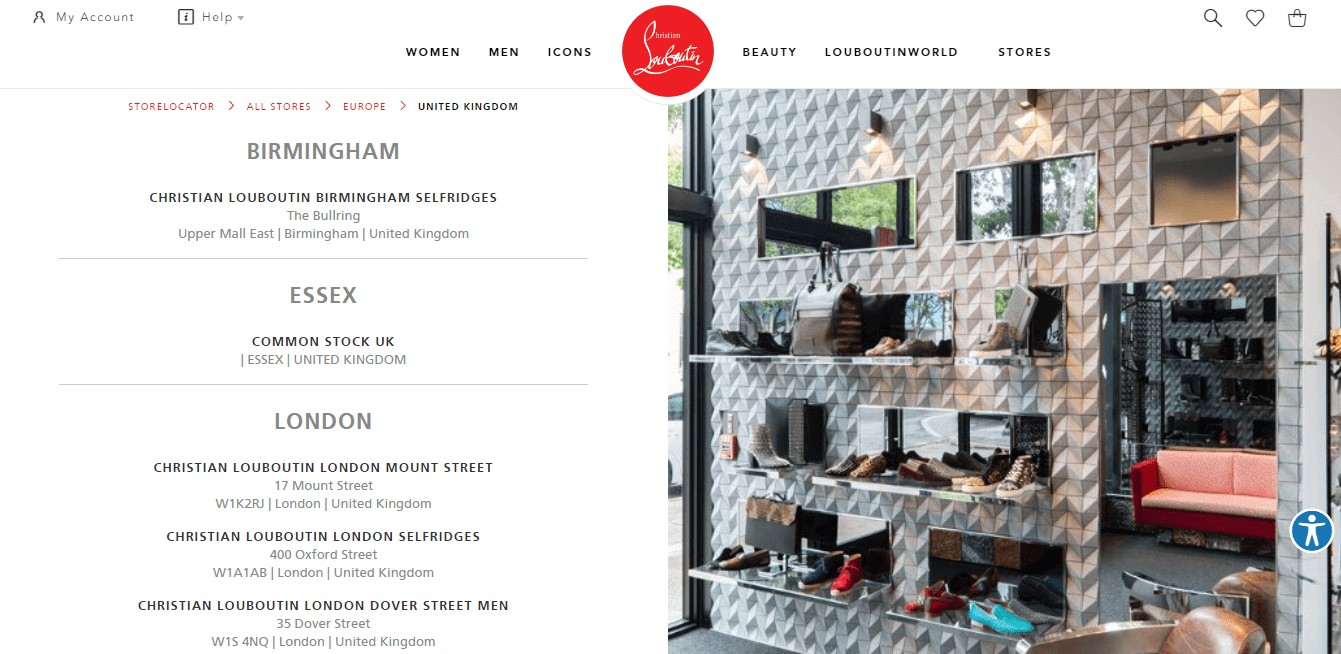
✓ Market-specific customer care. Customer preferences in different communication channels vary by market (email, online chat, call back, etc.) It’s essential to understand the ways your customers want to interact with your company and incorporate it on your site.
✓ Local trust marks. Trust marks offer some form of reassurance to first-time shoppers and are especially effective for small online merchants. Trusted Shops, European Ecommerce Trustmark, or any other solution — select those that really work in your target region.
This list with suggestions is far from complete, but it’s high time to stop before you run away with the thought that those guys from Magecom are crazy localization fanatics. So we will end this article with a basic checklist you could check up against before your multi-language online store is launched. Happy localization!
Ecommerce Site Localization Checklist
✓ Company branding, designs, and logos are appropriate for the target audience.
✓ Your site is properly translated and doesn’t have mistakes.
✓ The content is localized and reflects target-audience preferences.
✓ All the multi-media is localized. ✓ The site complies with country-specific regulations.
✓ Target market currency is supported.
✓ Local payment methods are supported.
✓ Country-specific carriers are included.
✓ Product listings are localized.
✓ Local address and contact points are added.
✓ Local time zones are supported.
✓ Correct number formats for the target region are used.
✓ Units as length, area, volume, temperature, mass, and weight are displayed correctly.
✓ Domain structures are consistent.
✓ Target language keywords are added.
✓ URL structure includes target language keywords.
✓ Other business-specific options.




